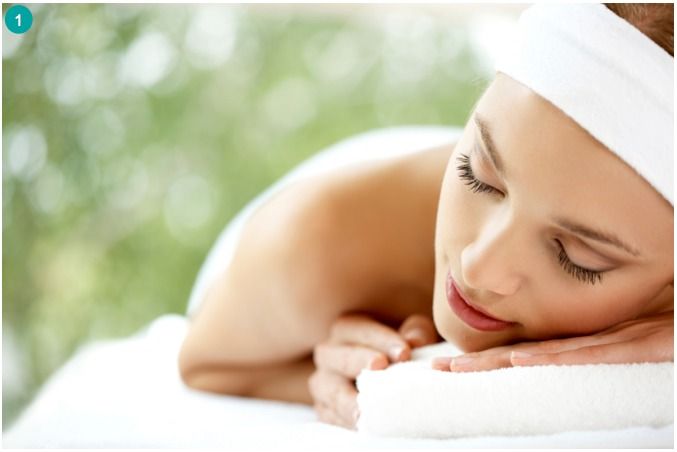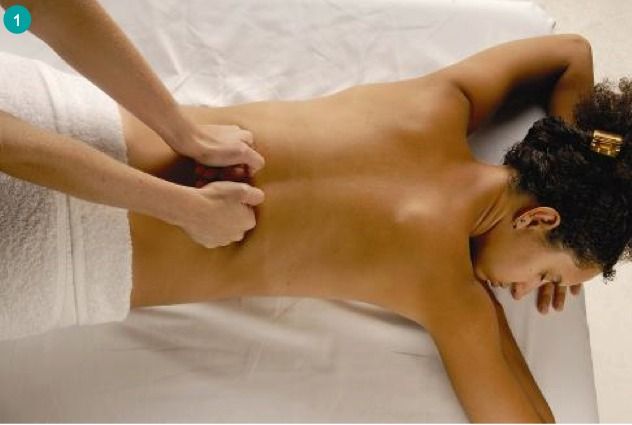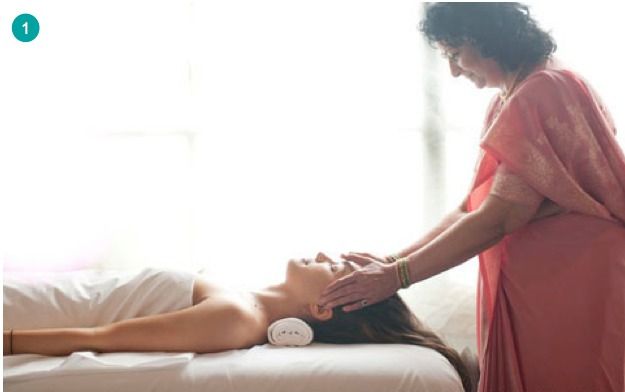
Massage Therapist Insider Series
Massage Therapist Insider Series: What Should I Wear During a Massage?

Massage Therapist Insider Series: How much pressure is too much pressure?

Posted by Alicia McCarthy
When I used to work at spas, I would get a lot of male clients who would size me up, and say, “Give me as much pressure as you can muster, lil’ lady…”( okay it wasn’t as John Wayne as all that). I think that they had the impression that tons of pressure meant that they were getting their money’s worth. Or that if I gave them all of the pressure I could, they would be “cured”.
Don’t get me wrong, I, myself, am a fan of pressure when it is needed and appropriate. However, if the body is not accustomed to deep pressure, it can be sent into a “fight or flight” mode of survival thereby contradicting the relaxation aspect of massage.
The body’s autonomic nervous system is divided into three parts. The enteric, which operates unconsciously and controls the function of organs, The parasympathetic, which is responsible for the body’s resting functions like digestion or salivation. The sympathetic nervous system responds when the body senses danger, and kicks in as a means for survival. Sounds relaxing, right?
That same part of the nervous system can be triggered if the body perceives the act of getting a DEEP tissue massage as extremely painful.
Pain perception is very interesting. What we think we can endure as far as physical pain is concerned can be vastly different to what is actual necessary to receiving a good deep tissue massage. Deep tissue doesn’t actually have to mean that the receiver is gasping in pain, and that their role is to just “get through it”. The technique of deep tissue massage refers to the slow application of sustained pressure across the fibers of the muscle belly. And yes, the end result is technically muscle damage. The idea is to eradicate holding patterns that exist in the body in order to allow healthy, new patterns to develop. Patterns that can come about with the help of massage therapy.
If the receiver has been a long time receiver of deeper work, then their response to extreme pressure is something that their body understands. That “hurts so good” concept is something that can be very real to their individual pain perception. Communication is key for both the massage therapist and the client. When that balance of deep pressure and soothing relaxation is struck, then true healing can begin!
Sources: The Principles of Anatomy and Physiology 11th edition by Gerard Tortora and Bryan Derrikson
Massage Therapist Insider Series: How Often Should I Have a Massage?

Posted by Alicia McCarthy
How often should I come for a massage?
This question is the most common by far. Sometimes I joke and say, “Everyday!” What I really mean is that every body should experience positive touch everyday in some way, but the real answer varies from body to body. I, personally try to get some form of bodywork at least once a week. I used to feel spoiled saying that, but if it’s within your means, I’d say the results for caring for yourself on that level, are dramatic.
What are your goals?
That’s usually how I try to respond to the question of how frequently massage is needed. If you aim to alleviate a specific area of pain due to injury or years of repetitive stress, one massage is not going to give you an immediate ”fix”. The effects of massage are cumulative, and healing is something that happens gradually. When targeting specific areas you want to correct, I would say try coming in for a massage every week until the pain transforms, then you should try to make massage more of a regular routine to maintain a healthy balance in your body, mind, spirit.
Imagine if you had a dream to have six pack abs, and you thought doing 100 sit ups in one day would make that dream a reality. That sounds silly, right? Receiving one massage in order to “fix” an issue in your body that’s screaming for attention seems equally silly.
One of the great things about massage is that it teaches you about yourself. After that first session that you’ve had in order to stop your back from spasm, you might feel great, better than you did before you had a massage. The next day you might feel sore in a different part of your body or worse in that one spot in your back. Sometimes you experience pain before the real healing takes place.
Your body is different everyday. My goal as a receiver of massage is finding a harmonious state within myself. My goal as a giver of massage is to assist you in getting to your own personal state of harmony.
